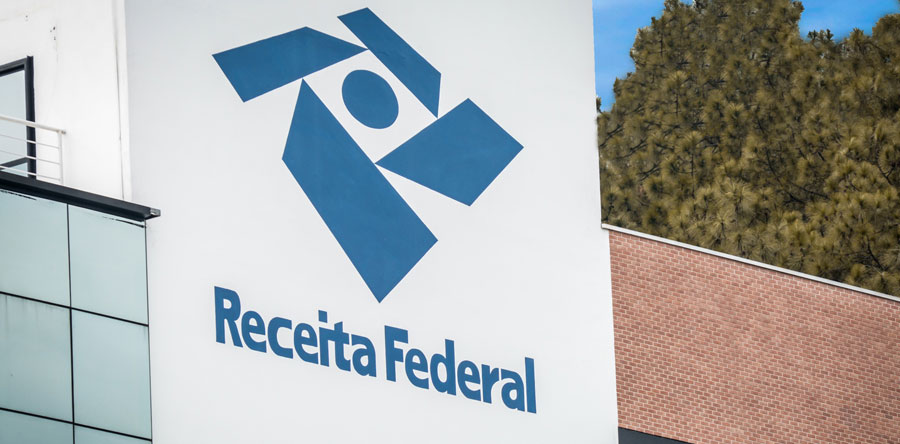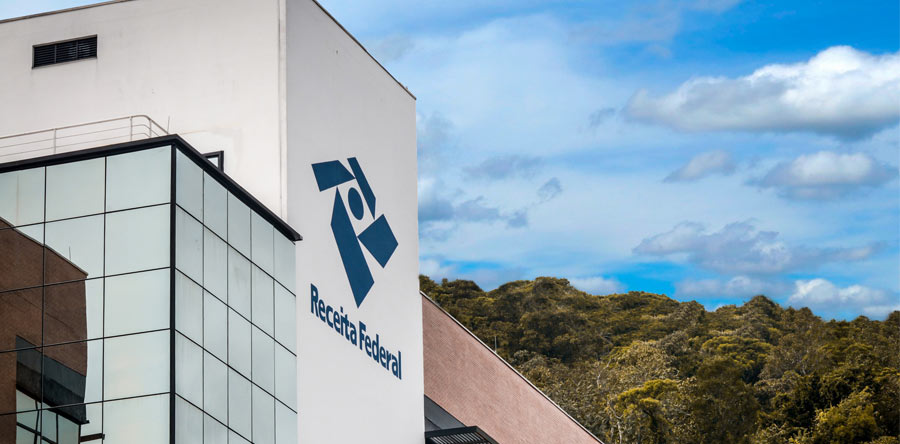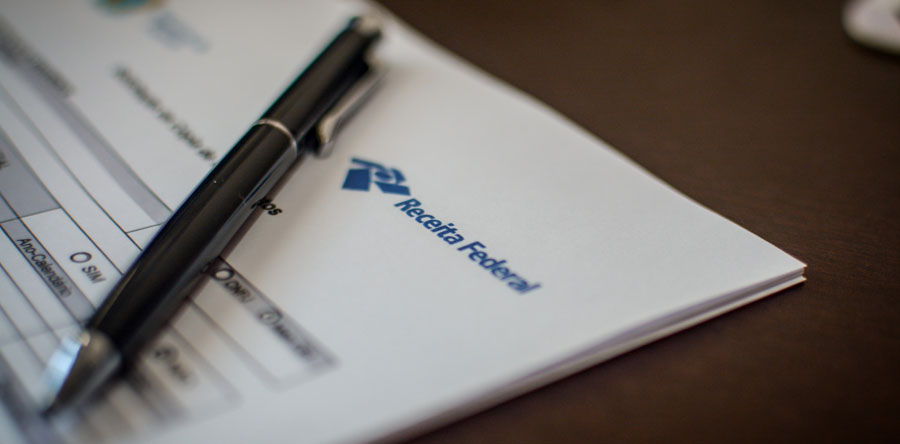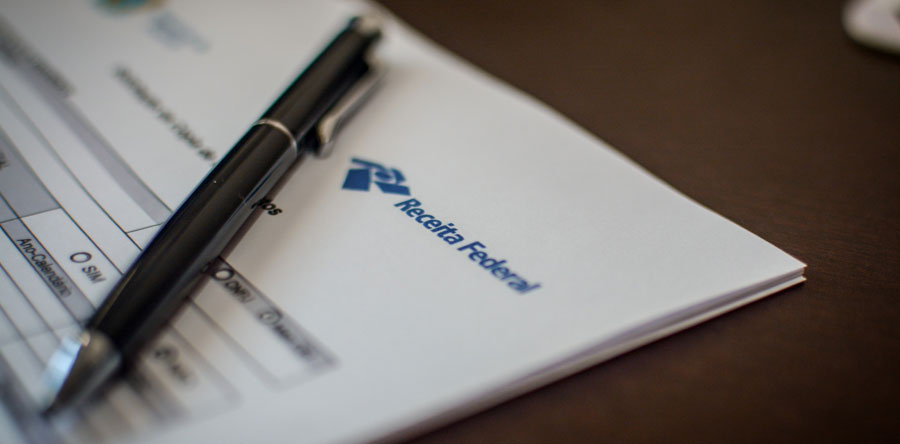TO OFFER COMPREHENSIVE FREIGHT AND CUSTOMS CLEARANCE SERVICES FOR EUROPEAN AND BRAZILIAN BUSINESSES
TO OFFER COMPREHENSIVE FREIGHT AND CUSTOMS CLEARANCE SERVICES FOR EUROPEAN AND BRAZILIAN BUSINESSES

This blog post is a concise description of the Brazil Customs Regulations in brief. After defining the goods to be imported, the importer should check on the Foreign Trade Integrated System (abbreviated in Portuguese as SISCOMEX This is the administrative system for the importation process. Administrative Treatment is the process that informs the customs staff whether the import of a particular product will need a license or not. To verify this information, the importer has to check the NCM (Common Mercosul Nomenclature, goods identification system based on the International Harmonised System and used by Mercosul countries) of the product of this link.
This defines whether the process will need an import license or not. If you need a license, you need to request one on SISCOMEX. After this, the responsible authorities review the application, authorise the license (or not) and the shipment is can go ahead. You will also need the Exchange Contract. This is a signed document between the seller and buyer in a foreign currency, where the characteristics of the foreign exchange transaction and the payment conditions are defined. This transaction is only made by an authorized bank and all exchange contracts are registered in the System of the Central Bank of Brazil.
The Import License is a document issued on SISCOMEX based on the information previously registered. It works as an authorisation to import the goods. If the goods needs this document for import, and it has not been issued, penalties may occur for the importer, as defined by law. After the license is approved (when applicable), the importer ships the goods form the point of origin. When the goods are in transit the carrier must inform the Brazilian Federal Revenue of the due arrival of the goods.
When it arrives in Brazil, the goods go to a Customs Enclosure and the Federal Revenue must also be informed to verify the loading. Depending on the nature of the goods, checking and inspection may occur. There may also be an inspection by some authorities, such as National Sanitary Agency or Ministry of Agriculture.
Customs Enclosures are areas defined by the competent customs authority where the handling, storage or customs conference procedures may be regulated by the Federal Revenue and may be primary zones (ports) or secondary zones (other locations). The enclosures and other parts of the Brazil Customs Regulations can be consulted on this link.
The importer must request the responsible authorities to verify the goods in the customs area. The authorities verify the goods and approve the License on SISCOMEX. After this, the importer registers the Import Declaration, collects the taxes and sends the documents to the Federal Revenue.
The customs conference (parameterisation) decides which of four customs channels the goods should proceed through. This is defined by SISCOMEX, according to the history of the importer, the product, country of origin and other terms. These channels are:
After this procedure, the customs clearance is carried out, the Federal Revenue releases the goods on SISCOMEX, the importer checks the documents and the goods are released.

The Brazilian Import Duty, Imposto de Importação in Portuguese, is a federal duty. It levies on imported goods…
Read More
The Brazil Tax on Goods Imported by Sea, in Portuguese: Adicional ao Frete para Renovação da…
Read More
First of all, the Brazilian Tax on Circulation of Goods and Transportation and Communication Service…
Read More